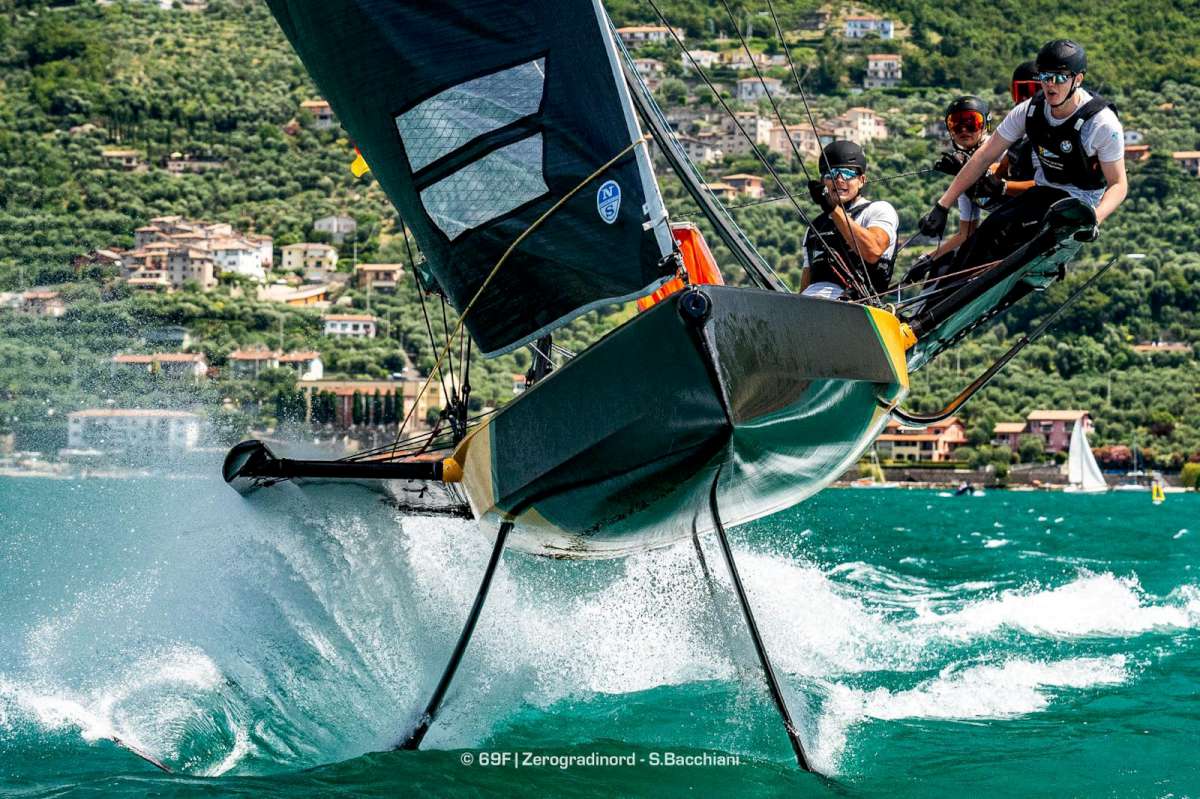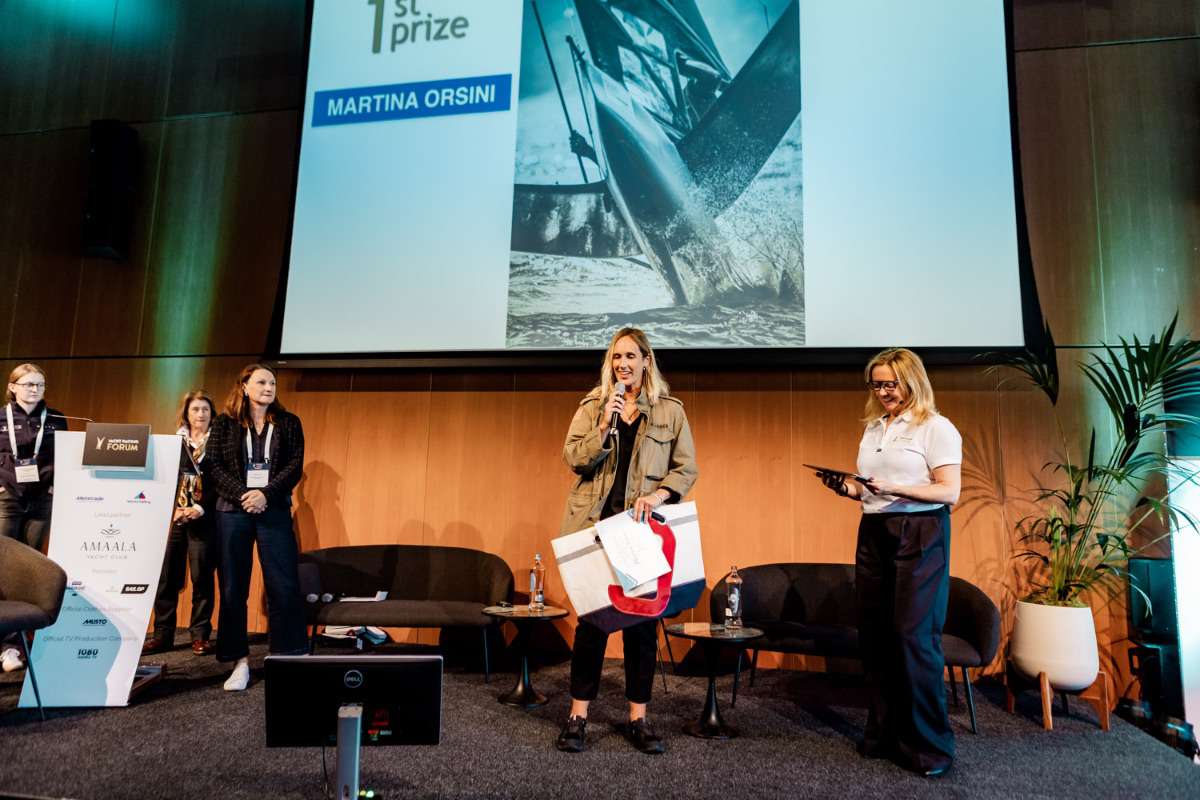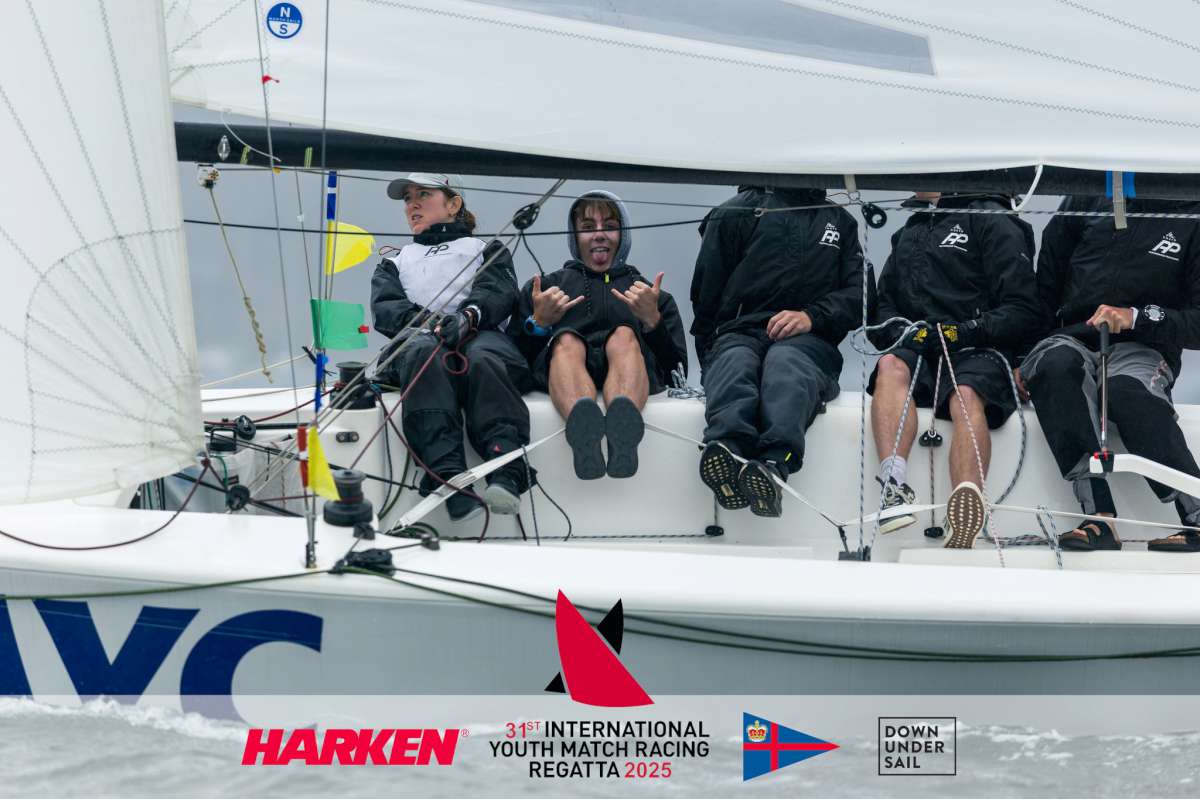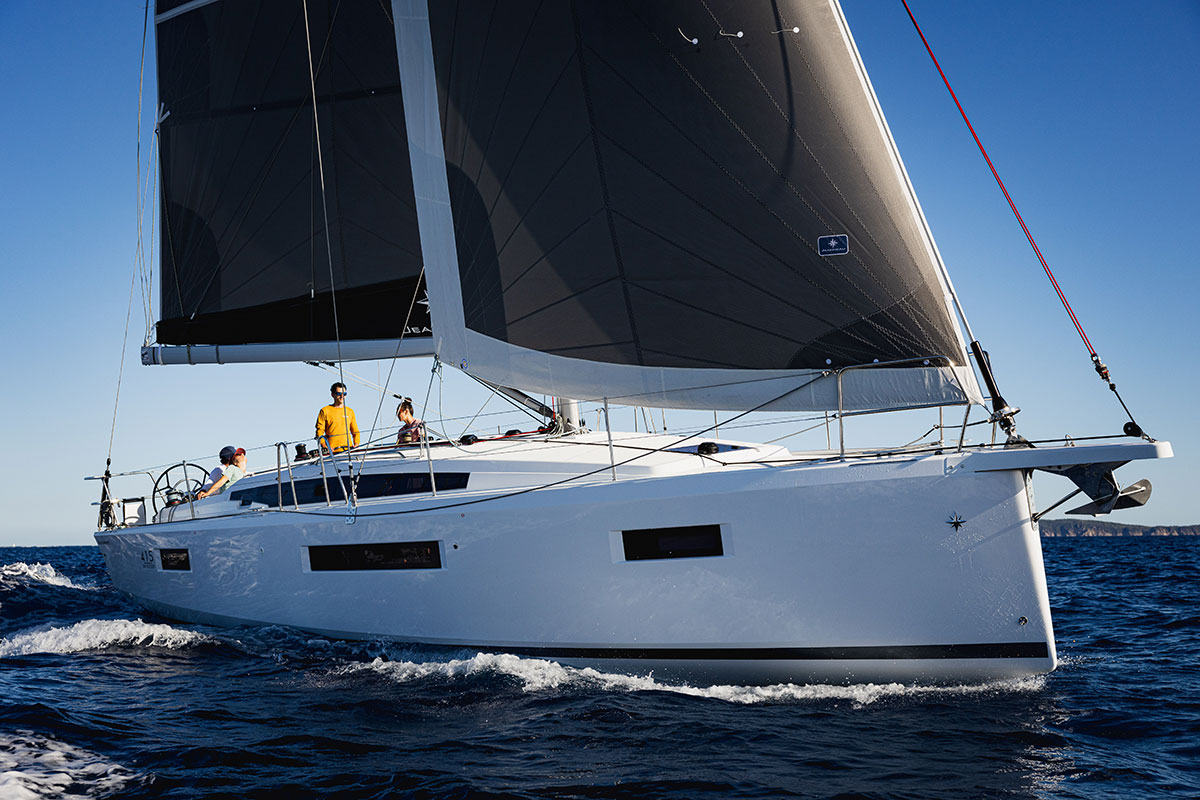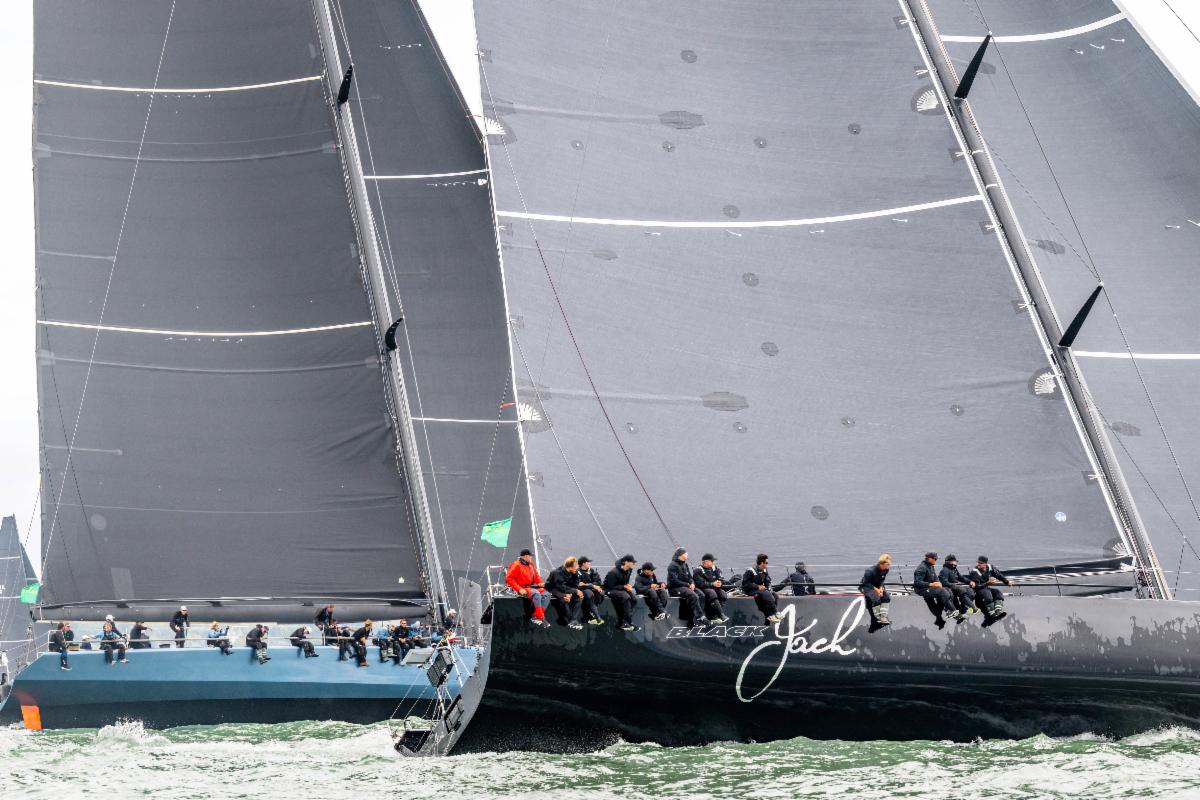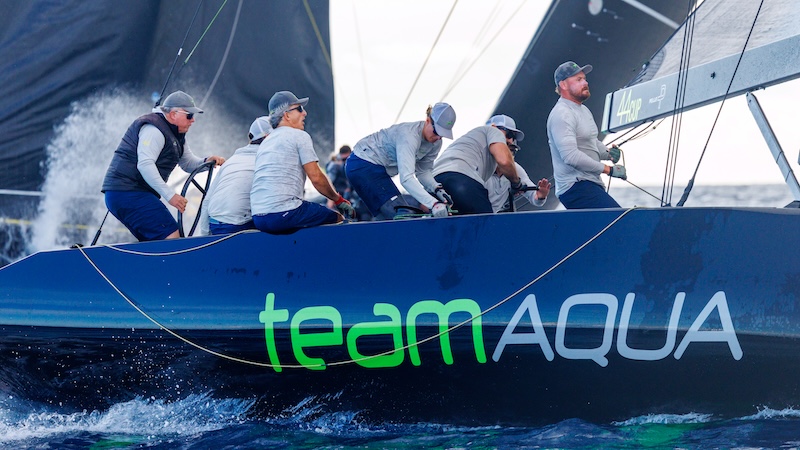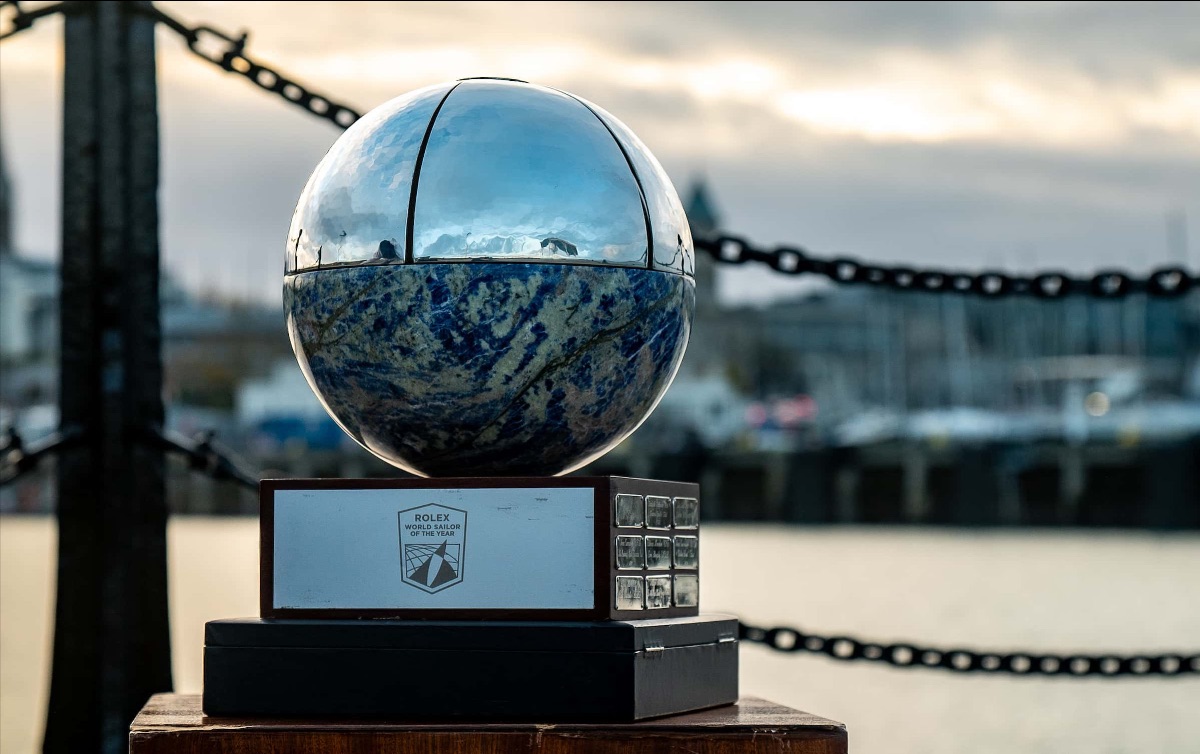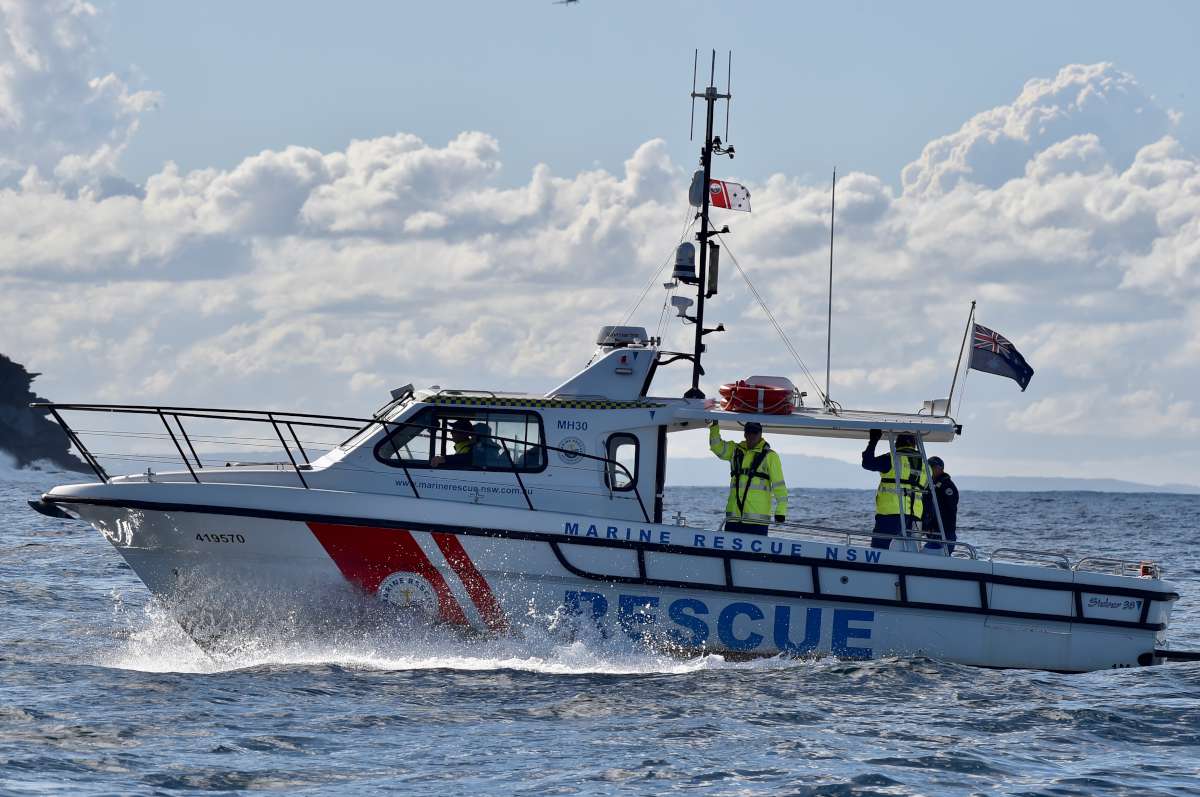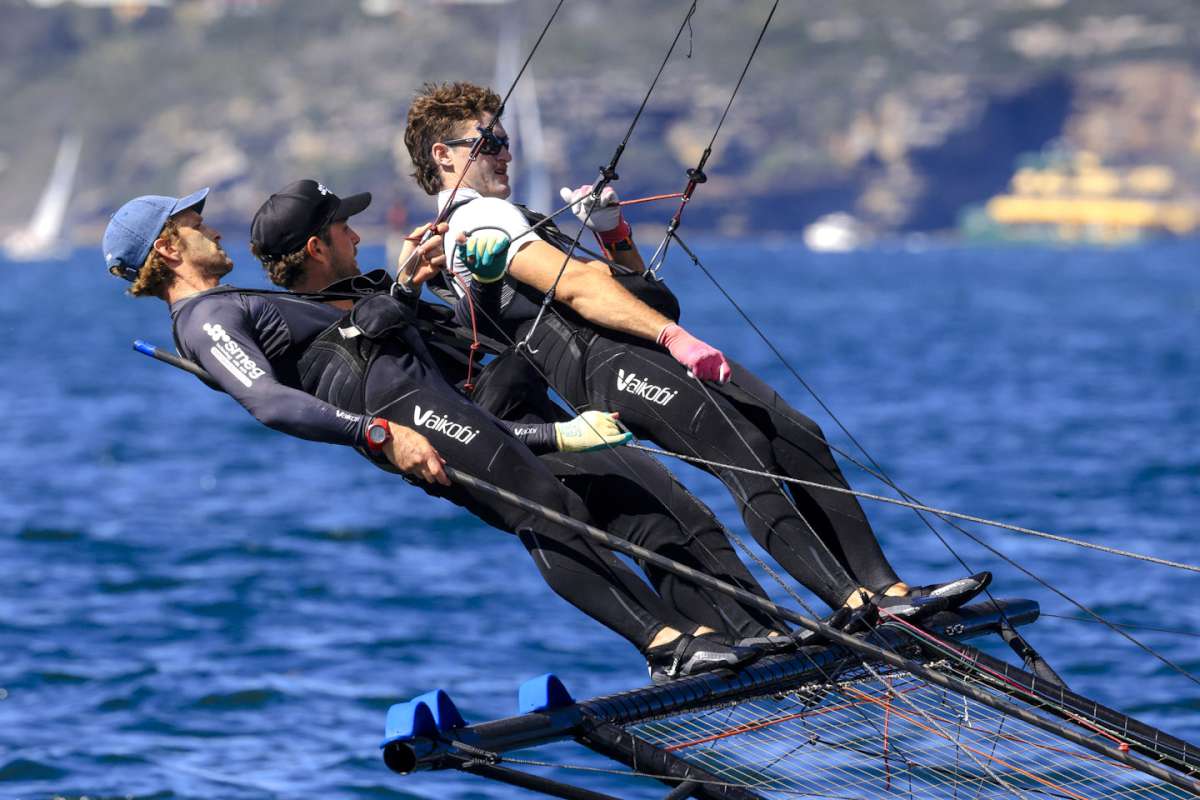The sound of a spooling fishing reel caught our attention. Our joy at catching a fish was replaced by horror when we realised that an Albatross had managed to become entangled in our trailing lure.
Not wishing to hurt such a magnificent creature and conscious of the fate of the Ancient Mariner, we stopped the boat and carefully reeled the struggling bird alongside. With great care, the bird was released and was last seen flying away, no doubt wiser for the experience. We could then return our attention to the imposing bulk of nearby Pedra Branca rock.
Peak de resistance
The quest to visit Pedra Blanca began when my brother David, while cruising in Tasmania suggested that a visit to this isolated rock would make a good destination.
Along with mutual friend Stephen James, I flew from Sydney to join David on his lovely New Zealand built yacht Sheokee. Despite having sailed with David over many years in Tasmania, neither of us had been to the rock, situated near 44 degrees south, about 70 miles south of Hobart.
A visit that promised to be a worthy destination for our cruise.
Pedra Branca (called Pedra Blanca by locals but more of that later) is a 2.5 hectare rock situated well into the roaring forties. It has been the site of several shipwrecks, the latest being a Japanese fishing vessel which struck the rock in 1973 with the loss of 21 lives. Tragedy again visited the island in 2003 when an oceanographer was swept off the rock by a wave reported to be 14 metres high.
The immediate area is also considered to be one of the world’s great surfing sites in appropriate weather. Several associated film clips can be found on Youtube.
It is clearly not a place to stop so our plan was to wait at the southern end of the D’Entrecasteaux Channel and head out for a day trip when suitable weather arrived. After a leisurely sail down the channel we arrived at Reserche Bay, the southernmost anchorage.
With a suitable forecast the next day we left at 5am for an exhilarating sail south. The rock is a magnificent sight, well worth the visit. The neighbouring waters are pristine and the rock, presumably the peak of an undersea mountain, rises out of deep water like a sentinel.
After an hour spent circling it (and freeing the careless Albatross) we tightened sheets and headed for Cloudy Bay on the southern end of Bruny Island.
Bruny browsing
After a night in this lovely bay and with continuing good weather, we decided to continue north on the outside of Bruny Island.
Our destination was Adventure Bay around the middle of the island and a place with an extraordinary history. Adventure Bay was named by Tobias Furneaux in 1773. Previously sighted by Abel Tasman in 1642, it would have been the site of the earliest contacts between original Australians and European explorers.
The bay has been visited by a veritable who’s who of early explorers including Captain Cook and William Bligh. The popularity of the bay to early explorers no doubt is due to it offering excellent shelter from the prevailing westerlies as well as offering several sources of fresh water.
The bay was also the site of a whaling station and remains of those activities still exist.
Shore time beckoned and we soon discovered hidden treasures related to the bay’s rich history. Both Bligh and Cook have had creeks and local streets named after them, but the most interesting find was a small building built from convict-era bricks called the Bligh Museum. Run by the jovial and knowledgeable caretaker Barry, it was a veritable treasure trove of documents (some original) and artifacts documenting the rich history of Adventure Bay in the early exploration of Australia.
Among the exhibits were a varied range of items including a piece of the tree used by Cook to tie up his boat and detailed models of early visiting ships as well as early maps. There were also log books and documents related to the era.
Interesting documents included a requisition by Captain Bligh requesting approval to write off the loss of tools which were entrusted to him on his ship the Bounty. The request was approved and signed by King George the third. Stephen questioned what sort of paperwork would have been required relating to the loss of the entire ship as a result of the infamous mutiny.
Detailed charts of the area were complements of Bligh while sailing master for Cook on the ship Endeavour.
Having suffered several mutinies during his career, it seems likely that Bligh was a difficult person to deal with although his seamanship skills were unquestioned. History reports that during their visit to Adventure Bay, Bligh and his First Mate, Fletcher Christian had a falling out, a precursor to the mutinuous events later in Tonga?
Other documents included a log note from Cook expressing the opinion that gannets were superior eating to wild ducks and cormorants, apparently lacking the “fishy taste” associated with the latter. We decided to forgo that particular culinary experience.
After an enthralling couple of hours we returned to Sheokee to set the net for a feed of fish. Tasmania rarely disappoints and our efforts were rewarded with a good catch of local seafood, washed down with local wines.
The next day started later than usual (it must have been the fish) but we eventually sailed north to complete our circumnavigation of Bruny Island. After a few hours replenishing supplies while at the friendly Oyster Cove Marina in Kettering, we again headed out for a few days further exploration of the area before Stephen and I reluctantly had to return to Sydney.
Historical anomaly
One interesting aside, one of the maps displayed in the museum was an early chart by Captain Cook. On his chart the rock is called Pedro Blanco in accordance with the local spelling rather than the official name Pedra Branca.
It looks like the locals were pretty right after all.
John Read






